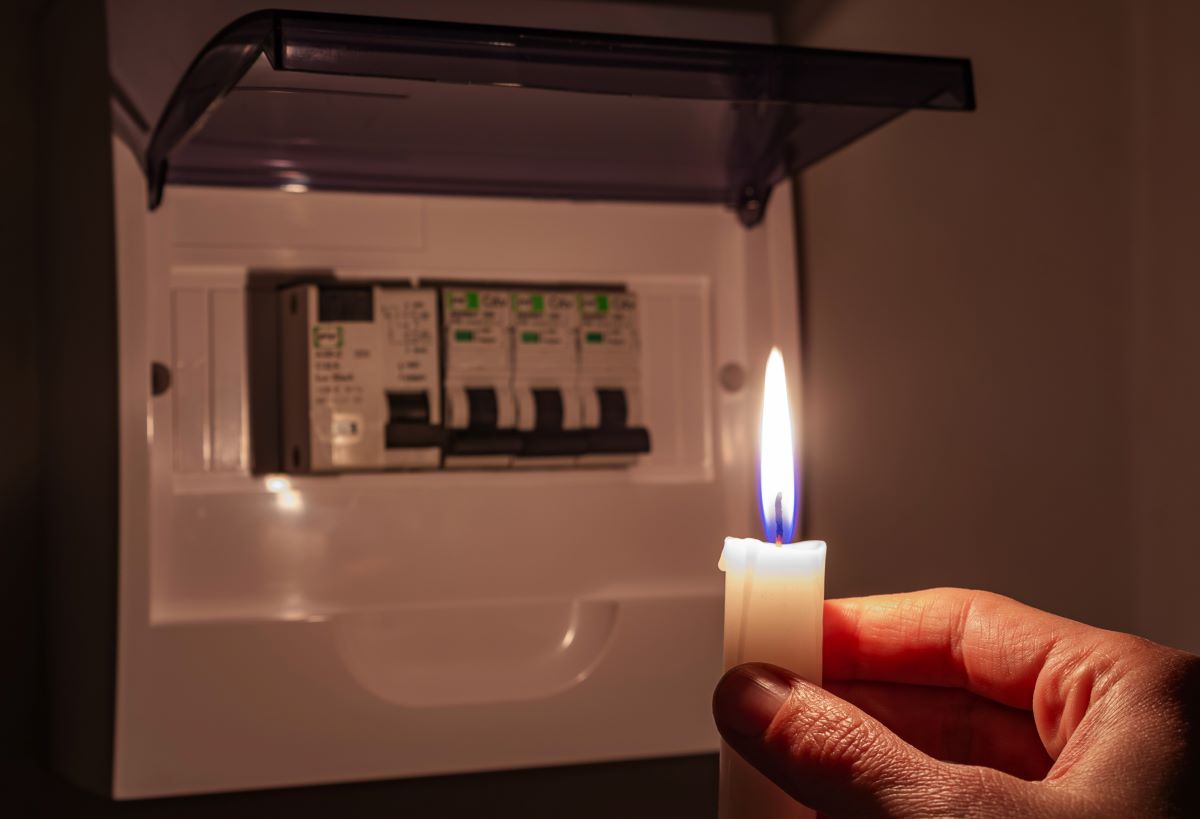Rolling Blackouts: Understanding the Increasing Trend
Have you noticed the lights flickering more often or sudden outages during the hottest or coldest days? You’re not alone. Rolling blackouts are becoming an increasingly common part of life in many parts of the United States. But what’s behind this unsettling trend?
Aging Infrastructure

The U.S. power grid, much of which was built in the mid-20th century, is struggling to keep up with modern demands. According to the American Society of Civil Engineers, many parts of the grid are overdue for upgrades, leading to failures under stress.
Rising Demand

Our reliance on electricity has grown exponentially, from air conditioning units and electric vehicles to the myriad gadgets that dominate our daily lives.
This surge in demand puts significant pressure on an already strained grid, often pushing it beyond its capacity during peak times.
Extreme Weather

Climate change is contributing to more frequent and severe weather events, from intense heatwaves and cold snaps to hurricanes and wildfires.
These extreme conditions can knock out power lines and overwhelm the grid, leading to outages.
Market Failures

In some regions, market dynamics and deregulation have led to insufficient investment in grid reliability.
The infamous Texas blackout in 2021, where millions were left without power during a severe winter storm, highlighted how market structures can fail to incentivize necessary infrastructure investments.
Cybersecurity Threats

The rise of cyberattacks targeting critical infrastructure has added another layer of vulnerability.
The Colonial Pipeline ransomware attack in 2021 demonstrated how a cyber breach could disrupt essential services, and similar threats loom over the power grid.
Utility Companies’ Role

Utility companies often prioritize profits over necessary upgrades. A report by the Energy and Policy Institute highlights how some companies have delayed maintenance and upgrades to maximize shareholder returns, contributing to the grid’s fragility.
Regulatory Challenges

Different states have varying regulations and standards for power grid maintenance and upgrades, leading to inconsistent levels of reliability and preparedness across the country.
Renewable Energy Integration

While renewable energy sources are essential for a sustainable future, their integration into the grid presents challenges.
The intermittent nature of solar and wind power requires a more flexible and resilient grid infrastructure.
Natural Gas Dependence

The shift from coal to natural gas has environmental benefits but also introduces vulnerabilities.
Natural gas pipelines are susceptible to weather disruptions and cyberattacks, impacting electricity generation.
Economic Inequality

Low-income communities are often the hardest hit by rolling blackouts. They have fewer resources to cope with outages and are more likely to live in areas with outdated infrastructure.
Public Health Impacts

Rolling blackouts can have severe public health consequences, especially during extreme weather.
Lack of air conditioning during heatwaves or heating during cold snaps can lead to increased mortality rates.
Policy and Investment Needs

Addressing the root causes of rolling blackouts requires significant policy changes and investment.
The Biden administration’s infrastructure plan includes proposals for modernizing the power grid, but these initiatives need bipartisan support to become reality.
Community Initiatives

Some communities are taking matters into their own hands by developing microgrids and investing in local renewable energy projects.
These efforts can enhance resilience and reduce dependence on the larger, more vulnerable grid.
Technological Innovations

Advancements in energy storage, smart grid technology, and grid management software offer hope for a more reliable and resilient power system.
These technologies can help balance supply and demand and quickly respond to disruptions.
Consumer Behavior

Individuals can also play a role in reducing strain on the grid. Simple actions like using energy-efficient appliances, reducing usage during peak times, and investing in home energy storage can make a difference.
The Path Forward

The combination of aging infrastructure, rising demand, and climate change impacts suggests that rolling blackouts may be here to stay unless significant investments and policy changes are made to modernize and secure the power grid.
Stay Prepared

Being prepared for potential outages is crucial. Keep an emergency kit, invest in backup power solutions, and stay informed about local grid conditions to minimize the impact of rolling blackouts on your life.
Toxic Talk: 21 Phrases to Never Say to Your Kids

Are you worried about the impact of your words on your child’s well-being? Let’s tackle 21 phrases that might be causing more harm than you realize. Toxic Talk: 21 Phrases to Never Say to Your Kids
Breaking Ties: Recognizing When It’s Time to Go No-Contact with Parents

Deciding to go no-contact with a parent is a profound, often painful choice, but sometimes it’s necessary for personal well-being. Are you grappling with the decision to distance yourself from a toxic parental relationship? Breaking Ties: Recognizing When It’s Time to Go No-Contact with Parents
Stop the Stereotypes: 20 Gender-Based Comments Kids Don’t Need

It’s time to challenge traditional narratives that limit kids’ potential. Here are gender-specific phrases and ideas to avoid, fostering a supportive and open-minded environment for the next generation. Stop the Stereotypes: 20 Gender-Based Comments Kids Don’t Need
Featured Image Credit: Shutterstock / Yevhen Prozhyrko.
For transparency, this content was partly developed with AI assistance and carefully curated by an experienced editor to be informative and ensure accuracy.







